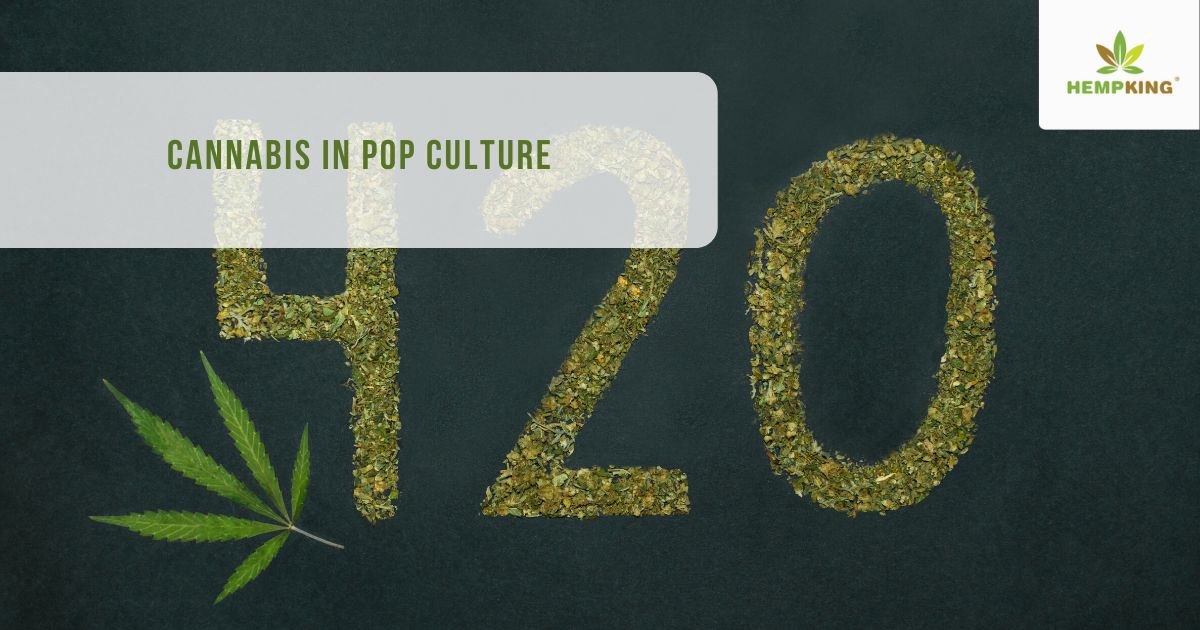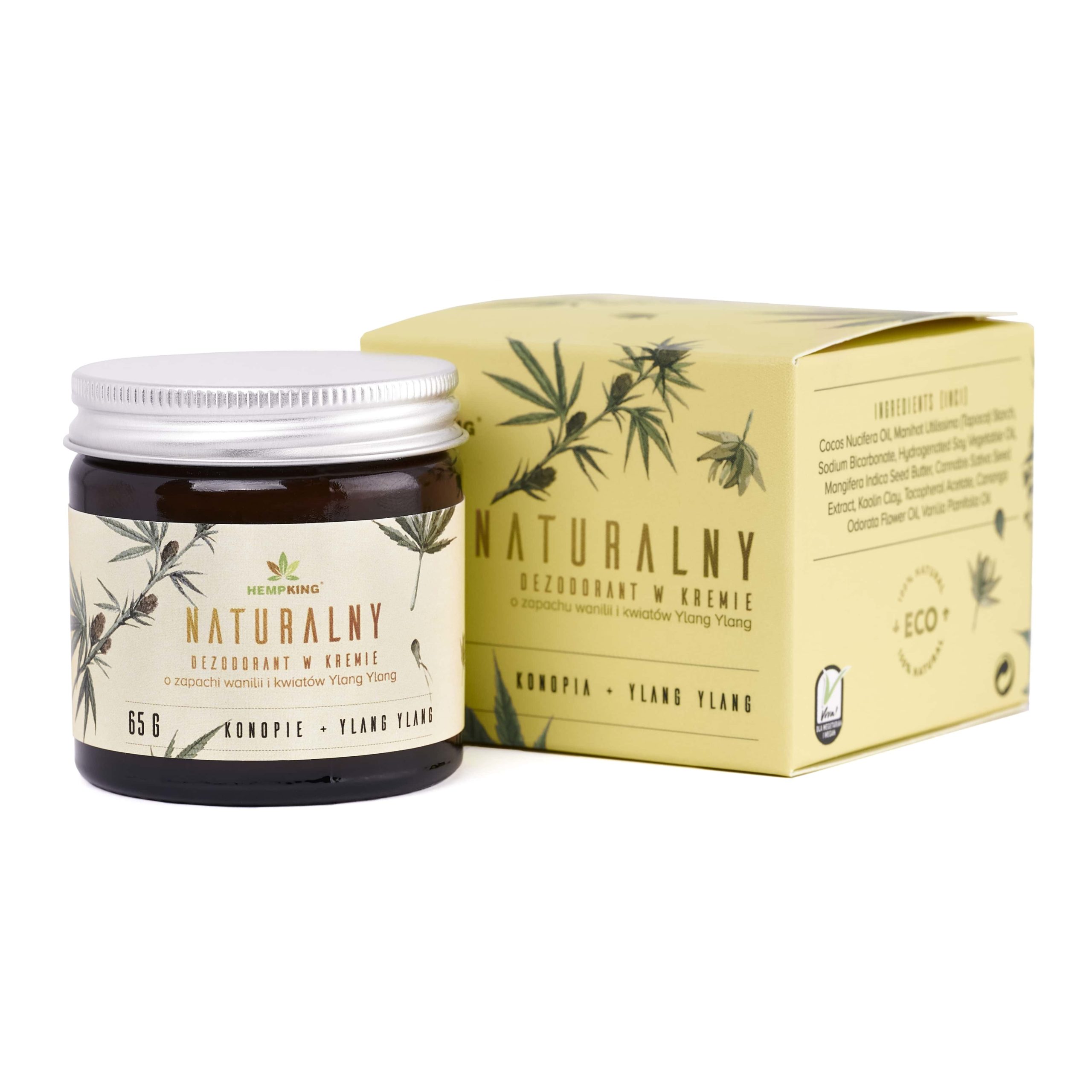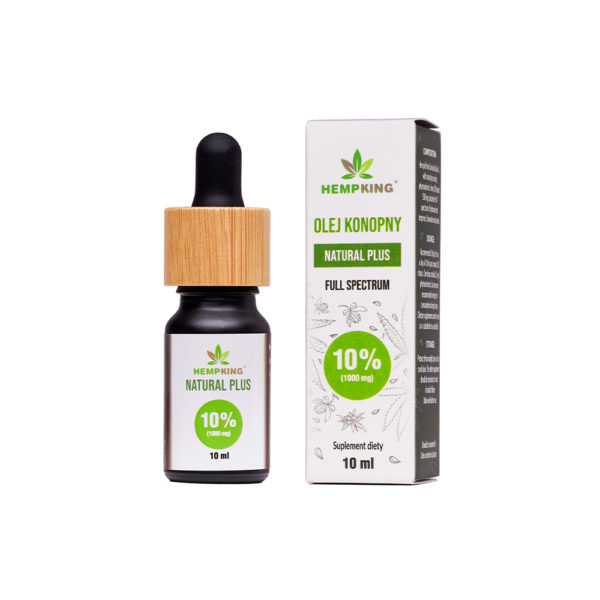Cannabis in pop culture
min. reading
The cannabis plant, as one of the most common ceremonial and healing plants and crops, known back in B.C., has also made its appearance in pop culture over time. Its image has often changed and stirred up controversy, but it has been a distinctive element of mass culture. And this is regardless of currently prevailing legal issues. How has the image of hemp evolved? Why was it once demonized, and what did 1920s jazz clubs in the US have to do with its propagation? Answers to these and other questions can be found in the rest of the article.
The history of hemp use dates back to the prehistory of mankind. The plant was used as a material for making cloth, rope, paper, oil and many everyday items. Hemp was also used to create food and medicines. Over time, the fiber was found to have specific properties that allowed it to be used to make clothing, plastic, building materials or car bodies. About 2,500 different products can be produced from hemp. This multitude of applications has had a positive impact on the image of the plant as very useful and beneficial to humans. In addition to the spiritual and medical dimensions – usefulness had a significant impact on the image of hemp in pop culture. The hemp leaf has become one of the most recognizable plant symbols in the world.
Table of Contents
Power herb – spiritual and medicinal dimensions
Fancy objects for smoking hemp or hashish, found by archaeologists around the world, indicate its presence in the culture of every continent. For centuries, hemp was used as part of shamanic rituals, a ceremonial or sacred herb. Healing with this plant has also been linked to its properties of expanding perception, healing the soul. Far Eastern religions such as Tibetan Buddhism, Hinduism, Taoism, Sufism used the power of this amazing plant in their religious practices. Some of the religions or churches that emerged afterwards, such as the Rastafarian movement and the International Church of Cannabis (ICCC), still use cannabis as part of religious ritual. Emerging pharmacopoeias from the 19th and 20th centuries included cannabis medicines such as tinctures, oils and teas in the list of official medicines. Hemp’s role in medicine was forgotten for a while due to prohibition, but the tradition of using hemp extracts for health problems is firmly in the pages of history. So much so that despite a period of criminalization and demonization of hemp, today we are witnessing the return of the plant’s medical importance on a global scale.
Criminalization of hemp
At a time when the hemp market was on the verge of its heyday, a number of influence groups emerged, including the paper and plastics lobbies, who were keen to curb production from hemp as it posed a threat to their interests. In 1937, the Marijuana Tax Act was introduced in the US, which criminalized the use and cultivation of hemp. Indoctrination to discredit the image of hemp, however, began much earlier, as early as 1930. To frighten people and influence public opinion, several films were made at the time: “Marijuana” from 1936 and “Reefer Madness” from 1937, about the alleged negative effects of cannabis on human mental health, morale and even promiscuity in women. The head of the US Bureau of Narcotics at the time was Harry Anslinger. His anti-marijuana crusade mission resonated with the public, even leading to marijuana-phobia and public hysteria. One of the aspects used in the campaign was the growing problems with the large number of Hispanic immigrants without jobs or prospects for life, who, through marijuana consumption, would fall into increasing conflicts with the law, crime and pose a general threat. Along with the States, more countries began to delegalize cannabis and introduce harsh penalties for marijuana possession or cultivation of the plant. These are still in effect in many countries today, including death penalties in countries such as Saudi Arabia, Egypt, Iran and China.
Stigmatization vs glorification – cannabis in pop culture
Disinformation about cannabis was constantly perpetuated and quickly attached to negative ideas and messages. However, not all social groups took up the negative role models. In the 1950s, a movement of young artists challenging the mores of conventional society likened smoking marijuana to a form of rebellion. They borrowed the habit from black “hipsters” – people who originated from jazz culture in the US. In the 1920s and 1930s with the rest, clubs with this music were a popular place to buy so-called “tea pads,” or marijuana.
It wasn’t until the rebellion associated with the American counterculture of the 1960s and 1970s that cannabis became widespread among America’s white middle class. Through the hippies and events such as the Woodstock Festival, there was minimal success in restoring the favorable image of cannabis. Others, however, argue that this was when the greatest stigmatization occurred in terms of the consumption of the herb and the attribution of characteristics to those who promoted its use. To this day, hippies tend to be associated with people detached from reality, not necessarily inspiring confidence. The image of the stoned hippie has spread in the media, usually in the form of a caricature showing colorfully dressed people in a state of goofy intoxication with a big joint in hand. No money and no prospects. However, a powerful movement was growing underground in support of cannabis use, which was a symbol of rebellion, freedom and fighting for one’s rights. Many musicians and artists were involved in promoting the liberalization of cannabis laws. In the 1970s, supporters of the herb’s consumption spread the code name “420,” a popular euphemism that meant the time to smoke marijuana (4:20 pm).
In the late 1980s and early 1990s, the public was still sharply divided over their opinion of cannabis. This was also evident in various forms of media coverage and in the arts. Musicians such as Snoop Dog, Cypress Hill, Wiz Khalifa and others, especially those associated with rap and hip hop, were heavily involved in promoting cannabis as a safe and even beneficial stimulant. Still, they were held in low public esteem, often with ties to criminal circles. In TV series and movies, the image of the hippie began to be attributed to characters who used cannabis. The so-called “stoner” smoker was usually presented as a lazy, disheveled, stupid, unreliable person who was a failure. This image of the smoker was anchored in public opinion for a long time, despite the fact that the first reports about the beneficial medical properties of cannabis were beginning to appear in the media.
Modern image of hemp
Today there is a renewed appreciation of the role of hemp in various areas of life. The growing importance of hemp medicines used for various diseases, as well as the widespread use of raw materials from the plant in various industries, is gradually contributing to a change in their image, including in mass culture. Many social campaigns, usually organized by NGOs, are educating the public to combat entrenched myths about cannabis consumption and the people who use it. This also has an impact on the progressive liberalization of hemp laws in various countries around the world.
It’s safe to say that a cult of cannabis is slowly being born, which manifests itself in art, music, movies, media messages, but also in people’s daily lives: communities, subcultures. A number of popular magazines, media platforms, games, TV shows, artistic works dedicated exclusively to hemp have been created. Cannabis fans have their own slogan, label, their own language, humor, art, literature and music. Another interesting phenomenon is drug tourism, that is, traveling to places in the world where attitudes toward cannabis are more liberal. For example, to Amsterdam or Spain. Special museums have also sprung up where one can find information about the entire history of cannabis use on Earth. These include the Hanf Museum Berlin, the Hash Marijuana & Hemp Museum in Amsterdam, or the Hemp Embassy in Vienna.
Currently, the image of the cannabis plant is undergoing a tremendous transformation and is beginning to reach new areas of social life, to address new aspects. In contrast to the 20th century, a holistic approach to the plant is currently being promoted, which is not only useful in terms of producing goods, but also has psychoactive effects. This aspect has finally caught the interest of the scientific world, which is presenting new evidence of the benefits of consuming cannabis, including marijuana. This has a significant impact on the emergence of the huge popularity of cannabis as a purely recreational stimulant. This has its good and bad sides. In mass culture, cannabis is becoming a way to have a quick getaway, a break from reality, and mindless and sometimes irresponsible consumption, which is being fueled by the billion-dollar cannabis market. Perhaps it is the original love of psychoactive substances, which was once intended to bind communities together, that is now part of the new culture.

















 Facebook
Facebook Instagram
Instagram

Leave a Reply